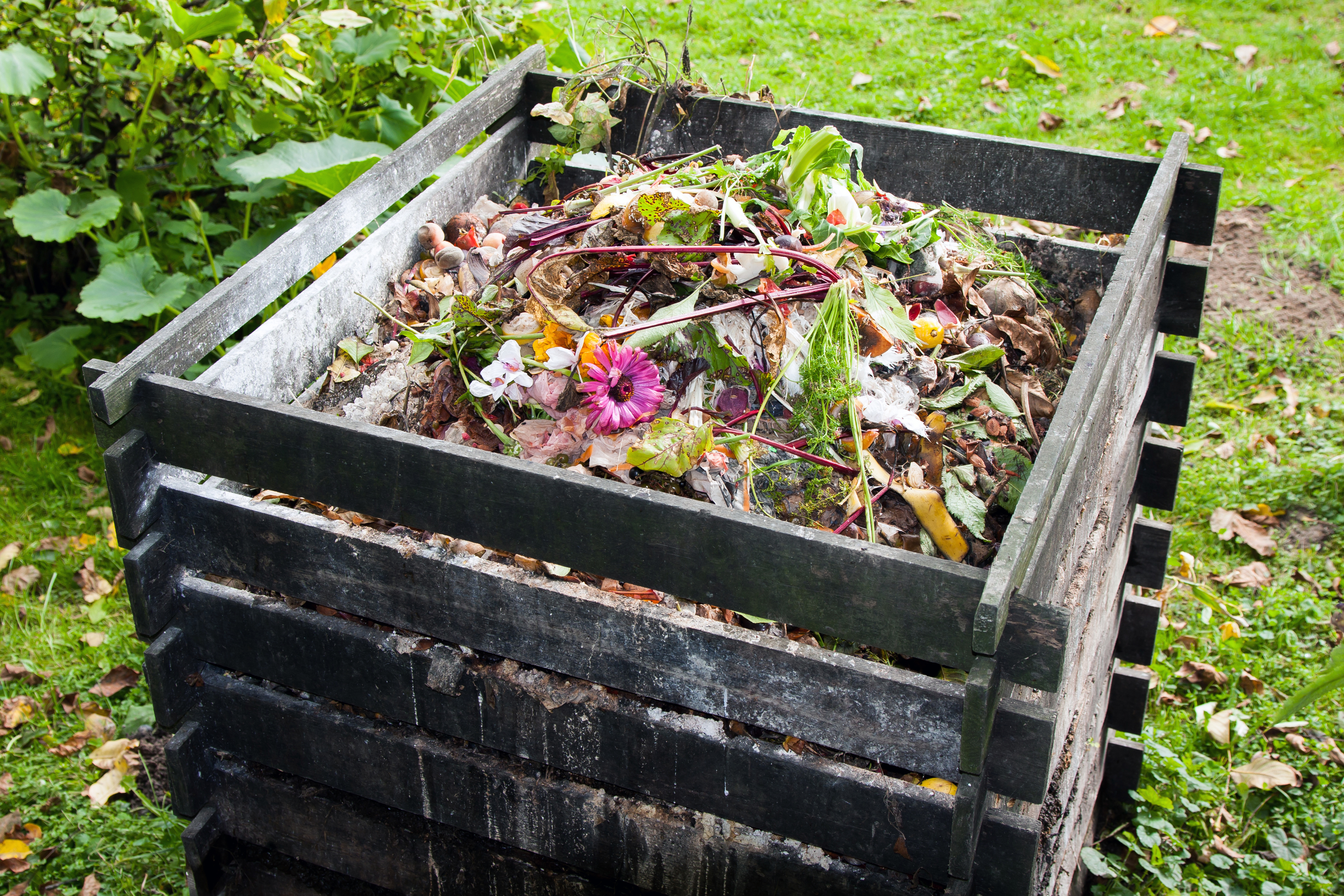The GardenZeus Guide to What Commonly Goes Wrong With Vegetable Plants in California Gardens

Bolting: Greens and other plants from which we eat leaves, stems, or roots may begin to go to seed as a result of water stress, repeated wilting, hot or cold weather, disease or insect infestation, other stresses, or naturally as the result of their annual or biennial reproductive cycles. Leaves, roots, and other edible plant parts usually turn tough, bitter, and/or unpalatable after vegetable plants begin to flower. There is nothing that can be done to reverse or stop bolting once it begins. Harvest may be extended for some plants, such as chard, and less-so for lettuce and arugula, by cutting off flower stalks as soon as they appear. GardenZeus recommends tasting to confirm reasonable quality, then harvesting the majority of edible parts or whole plants at the first sign of bolting for most vegetables, especially arugula and lettuce, unless you want to save seeds.
Chlorosis is iron deficiency that appears as lightening or yellowing between veins on older leaves and/or pale-green or yellow new leaves. Affected leaves will never return to normal because iron is not a mobile nutrient, meaning that it cannot be relocated within a plant. Alkaline city water and alkaline soils are common causes of chlorosis. Iron becomes decreasingly available to plants when soil pH is above 6.0, and is mostly unavailable at pH of 7.0 and above. Applying chelated iron can help temporarily but is not a long-term solution or cure, and chelated iron may rapidly become unavailable in alkaline soils. The best solutions are to encourage a thriving soil ecosystem that will naturally improve pH; provide acidity to soil by watering with diluted vinegar at proportions of about 1/4 to 1/2 cup of white vinegar in 2 gallons of water; or use an acidifying product such as pH Reducer.
Nitrogen Deficiency: Most leaves will appear light green, with yellowing of the oldest leaves, and with the newest leaves darker green as the plant relocates nitrogen for new growth. Nitrogen is often the limiting nutrient in the growth of vegetable plants. See the Nutrient/Amendment/Fertilization Needs/Tips field for each vegetable, or add nitrogen as a soil drench in the form of diluted urea or a cup of chicken manure diluted in 4 gallons of water (half cup if fresh manure) and mixed thoroughly. Be cautious not to add too much nitrogen, which may cause burned leaf tips. Overly rapid plant growth from too much nitrogen may encourage insect infestation.
Shallow Rooting: In alkaline and/or compacted soils that are common throughout much of California, vegetable plants may grow extremely shallow root systems with plants that appear vigorous and healthy until warm weather arrives and upper soil layers heat up, or watering becomes variable, after which plants may wilt repeatedly, bolt, decline, or die rapidly. Break up compacted soil before planting, amend with compost, encourage a health soil ecosystem, maintain surface mulch, and water slowly and less frequently to encourage deeper rooting.
Slow growth, lack of vigor, small or stunted plants, production of few or small leaves, yellowing leaves, sickly or weak appearance to plant, dried-out or folded edges of leaves, brown or dead leaf tips or edges: These common symptoms may result from soil pH that is too high or too low, compacted soil, alkaline soil, overwatering, underwatering, irregular watering, cold or hot weather, planting rootbound transplants, lack of soil nitrogen, other soil nutrient deficiencies, or a combination of these. May also be the result of too much sun, wind, or other environmental and abiotic factors. Burned leaf tips may also result from overfertilizing, sodic soils, or soluble salts in soils.